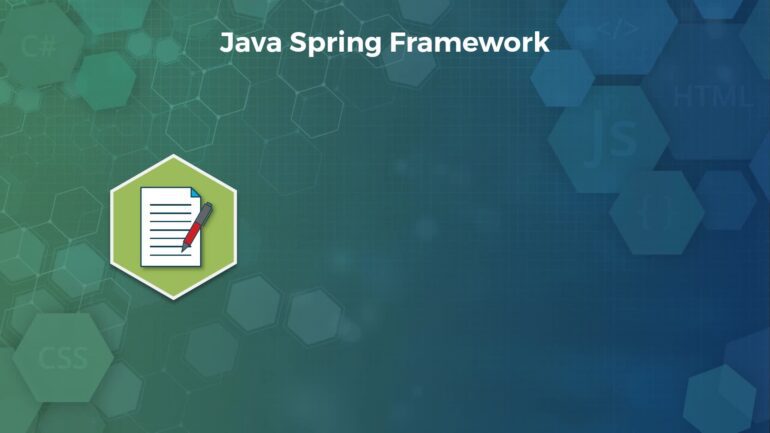TL;DR:
- SPRING is a two-stage approach that utilizes Large Language Models (LLMs) for game understanding and reasoning.
- The first stage involves extracting prior knowledge from academic papers using LLMs and a Question-Answer (QA) framework.
- The second stage focuses on in-context chain-of-thought reasoning using LLMs to solve complex games, utilizing a directed acyclic graph (DAG) as a reasoning module.
- SPRING outperforms traditional Reinforcement Learning (RL) methods regarding in-context “reasoning” abilities, achieving significant improvements in in-game scores and rewards.
- The Crafter benchmark experiments demonstrate that SPRING surpasses previous state-of-the-art methods by a substantial margin.
- SPRING leverages prior knowledge and requires zero training steps, making it a promising approach for complex game tasks.
Main AI News:
The application of Large Language Models (LLMs) in the gaming landscape has been a topic of interest among researchers from esteemed institutions such as Carnegie Mellon University, NVIDIA, Ariel University, and Microsoft. In their recent study, these experts have introduced SPRING, a novel two-stage approach that outshines traditional Reinforcement Learning (RL) algorithms in interactive environments requiring multi-task planning and reasoning.
The foundation of SPRING lies in its ability to comprehend and reason with human knowledge, facilitated by the utilization of LLMs. In the first stage, the researchers delve into the LaTeX source code of the original paper by Hafner (2021) to extract prior knowledge. By employing an LLM, they extract relevant information encompassing game mechanics and desirable behaviors documented in the paper. To further enhance this process, they employ a Question-Answer (QA) framework inspired by Wu et al. (2023), enabling SPRING to handle diverse contextual information effectively.
The second stage of SPRING focuses on in-context chain-of-thought reasoning using LLMs to tackle complex games. To accomplish this, the researchers construct a directed acyclic graph (DAG) that serves as a reasoning module. Within this module, questions are represented as nodes, and dependencies between questions are depicted as edges. For instance, a question like “For each action, are the requirements met?” is linked to “What are the top 5 actions?” within the DAG, establishing a dependency from the latter question to the former.
By traversing the DAG in a topological order, LLM answers are computed for each node/question. The final node in the DAG represents the question about the best action to take, and the LLM’s answer is directly translated into an environmental action. This systematic approach enables SPRING to make informed decisions based on a comprehensive understanding of the game environment.
To evaluate the efficacy of SPRING, the researchers conducted experiments using the Crafter Environment, a renowned open-world survival game with 22 achievements organized in a tech tree of depth 7. Comparisons were made between SPRING and popular RL methods on the Crafter benchmark. Furthermore, the researchers analyzed various components of the SPRING architecture to determine the impact of each part on the LLM’s in-context reasoning abilities.
The results were remarkable, as SPRING surpassed previous state-of-the-art (SOTA) methods by a significant margin. It achieved an impressive 88% relative improvement in in-game score and a 5% increase in reward compared to the best-performing RL method proposed by Hafner et al. (2023). One notable advantage of SPRING is that it leverages prior knowledge from reading the paper, eliminating the need for extensive training steps often required by RL methods.
Visualizing the performance of SPRING, the researchers presented a plot showcasing unlock rates for different tasks, comparing SPRING to popular RL baselines. The figure demonstrates the superiority of SPRING, which outperforms RL methods by more than ten times on challenging achievements deeper in the tech tree, such as “Make Stone Pickaxe,” “Make Stone Sword,” and “Collect Iron.” These accomplishments, which are arduous to achieve through random exploration, are efficiently conquered by SPRING, empowered by its prior knowledge.
Additionally, SPRING excels in tasks like “Eat Cow” and “Collect Drink,” achieving perfect scores. On the other hand, model-based RL frameworks like Dreamer-V3 exhibit significantly lower unlock rates (over five times lower) for “Eat Cow” due to the inherent difficulty of reaching moving cows through random exploration. It is worth noting that SPRING refrains from taking action “Place Stone” as it was not discussed as beneficial in the paper by Hafner (2021), even though it could be accomplished with ease through random exploration.
Despite the impressive performance of SPRING, it is important to acknowledge its limitations. One such limitation lies in the requirement of object recognition and grounding when interacting with the game environment. However, this constraint is not applicable to environments that provide accurate object information, such as contemporary games and virtual reality worlds. The researchers emphasize that recent advancements in visual-language models exhibit potential for addressing these limitations, pointing toward promising solutions in visual-language understanding.
SPRING framework serves as a testament to the remarkable potential of Language Models (LLMs) in game understanding and reasoning. By leveraging prior knowledge from academic papers and employing in-context chain-of-thought reasoning, SPRING surpasses previous state-of-the-art methods on the Crafter benchmark, achieving significant improvements in-game score and reward. These results underscore the power of LLMs in handling complex game tasks and indicate the possibility of overcoming existing limitations through future advancements in visual-language models, ultimately paving the way for reliable and generalizable solutions in the field of gaming.
Conclusion:
The SPRING framework represents a groundbreaking advancement in the field of game understanding and reasoning. By harnessing the power of Language Models (LLMs), SPRING outperforms traditional Reinforcement Learning (RL) methods, showcasing its potential to revolutionize the gaming market. The ability to leverage prior knowledge and achieve remarkable results without extensive training steps sets SPRING apart as an innovative solution. This breakthrough paves the way for the development of more reliable and generalizable solutions in the gaming industry, opening doors to enhanced gaming experiences and improved performance in complex game tasks.

